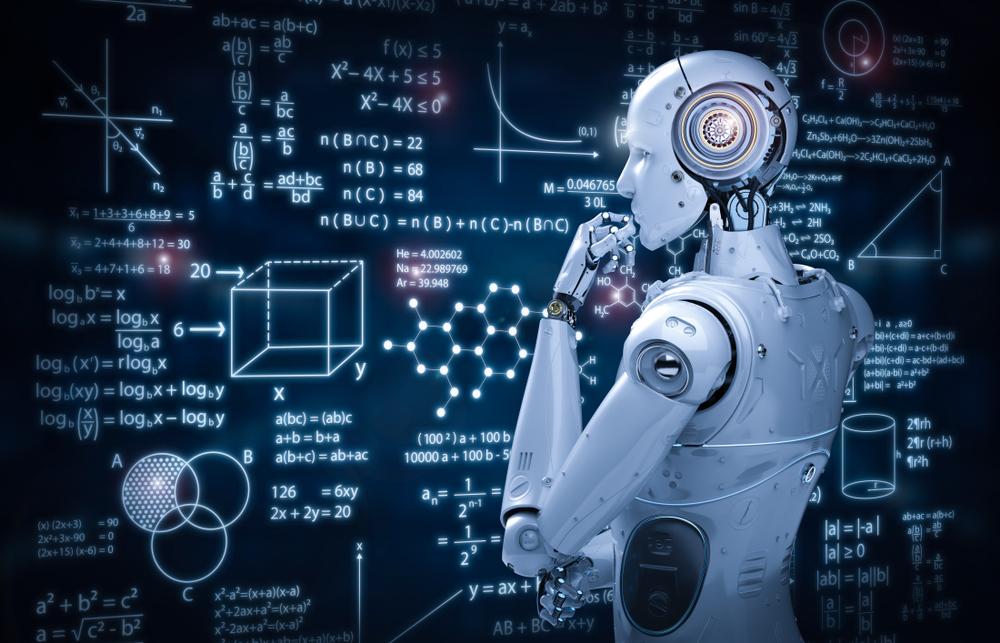AI in Education: The Future is Here
As technology continues to advance, artificial intelligence (AI) is beginning to play a larger role in the field of education. From personalized learning experiences to virtual tutors, AI is transforming the way students learn and teachers teach. In this post, we’ll explore some of the exciting ways that AI is being used in education and how it has the potential to revolutionize the industry.

Artificial intelligence (AI) is revolutionizing many industries, including education. Here are a few examples of how AI is being used in the field of education:
- Adaptive Learning: AI can be used to personalize learning experiences for each student. Adaptive learning systems use data on student performance to adjust the difficulty of the material and provide customized recommendations for further learning. This can be especially useful for students who need additional support or those who are ready for more challenging content.
- Grading: AI can be used to grade written assignments, freeing up teachers to focus on other tasks. Some AI grading systems can even provide feedback and personalized recommendations to help students improve their writing.
- Tutoring: AI can be used to provide one-on-one tutoring to students. These virtual tutors can help students practice skills and provide immediate feedback, allowing students to learn at their own pace.
- Course Design: AI can be used to design custom learning paths for students based on their needs and goals. This can help ensure that students are learning the most relevant and important material for their individual needs.
- Predictive Analytics: AI can be used to analyze student data to predict academic success. This can help teachers identify students who may be at risk of falling behind and provide additional support to ensure their success.
Overall, AI has the potential to greatly enhance the education experience for students by providing personalized learning opportunities, freeing up teachers to focus on more important tasks, and helping to identify and support struggling students
